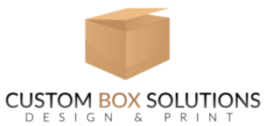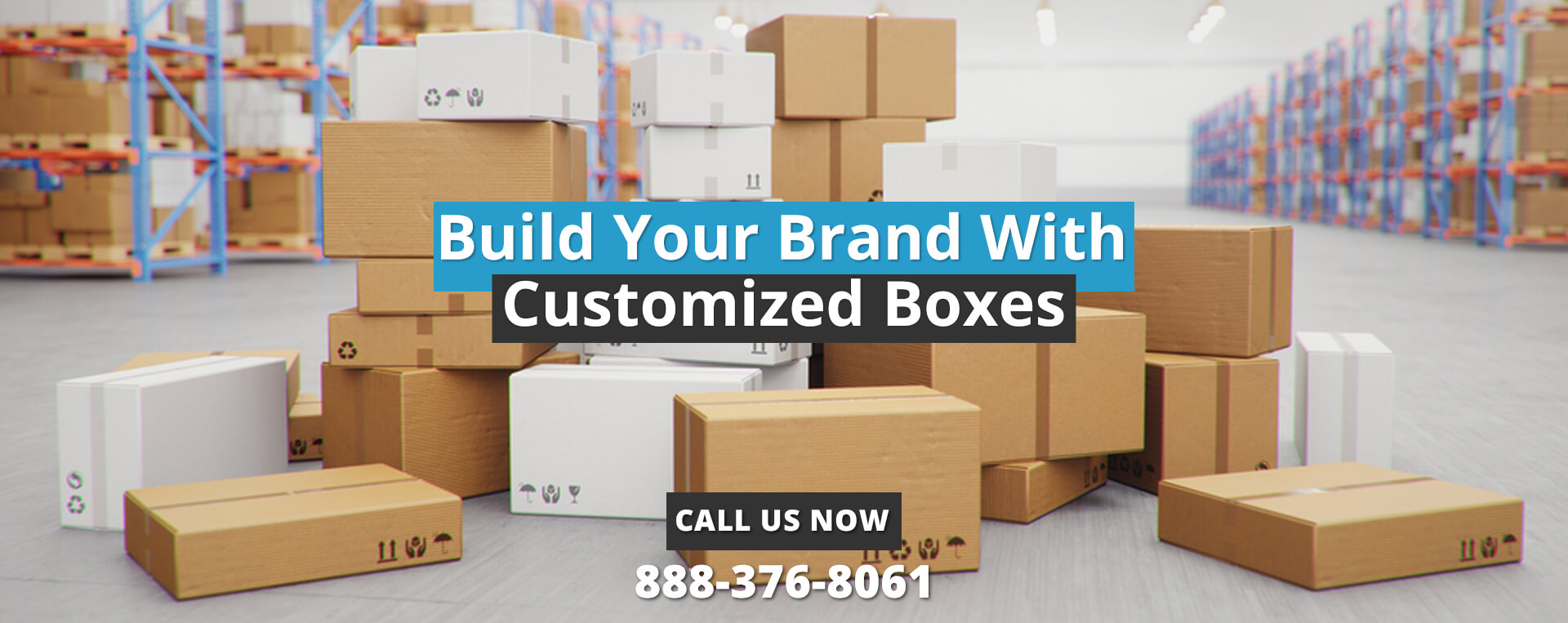Feature of Die Cut Packaging Boxes
Die-cut boxes are an excellent packaging solution for businesses that want to add a personalized touch to their products. The die-cut packaging boxes are crafted by cutting sheets of corrugated material with a specialized die, which allows you to tailor your packaging according to your specific requirements. With a wide variety of shapes and styles at your disposal, you can perfectly match the size and shape of the packaging to your brand and product, making sure that your customers receive a distinctive and memorable unboxing experience.
How Are Custom Die-Cut Packaging Boxes Manufactured?
If you are planning to produce custom die-cut packaging, the first step is to create a dieline. This dieline will highlight all the necessary cuts, folds, and embossing required to create the packaging design in its flat form. With this dieline, you can get an idea of what the box will look like before spending any money on producing the necessary tooling.
Once the dieline is ready, the packaging can be manufactured and printed using various cutting and shaping techniques. Through-cutting is one such technique that involves cutting through the corrugated material, leaving edges and cutouts in the packaging. Creasing establishes a fold line on the material, making the package more flexible, which enables you to create a wider variety of shapes. Scoring, on the other hand, creates textures and imprints on the material and can also alter the shape of the box without cutting all the way through. Yet, perforating involves creating a line of holes that weaken parts of the package so they can be bent or torn. By using these cutting and shaping techniques, you can create a unique and aesthetically pleasing packaging design.
Features of Custom Die Cut Boxes
Versatility
Custom die-cut boxes are becoming increasingly popular among brands due to their numerous benefits. The die-cutting machine allows for versatile and creative packaging options that can enhance a brand’s reputation. With custom die cutting, companies can design boxes in any style, size, or shape, and add various cutouts, colors, and embellishments such as a brand logo or a window to showcase the product. By using die-cut packaging boxes, brands can differentiate themselves and attract consumers’ attention. The packaging can be designed in unique and fun shapes with different embellishments, while windows can allow customers to preview the product inside the box. Adding embossing elements to the boxes can give the brand a high-quality feel. Also, cutouts of different shapes can be included to make the packaging more engaging. Die-cutting also offers a convenient way to add holiday-specific shapes and cutouts for seasonal packaging. The best part is that the die line can be reused as often as needed, and it can be updated digitally as well.
Cost-Effectiveness
Reusing dies is a cost-effective benefit of die-cut boxes. It allows companies to use the same die to put their logo or slogan on multiple products, which creates a cohesive brand image. On top of that, custom die-cut boxes can save companies money on packaging and transit costs since they are specifically designed to fit their product, reducing the cost of additional packaging materials. Customized packaging also takes up less space during transit, which can help companies save on shipping costs.
Marketing and Brand Awareness
Custom die-cut packaging boxes can be an effective way to enhance your marketing efforts. By customizing your boxes and packaging with your logo and marketing messages, you can ensure that your brand messaging is visible throughout the production, transportation, and distribution processes.
In addition to the branding benefits, custom packaging can also have a significant impact on social media. As consumers share their experiences online, custom packaging that offers a superior visual and sensory experience can generate interest and help your products reach potential new customers, ultimately driving sales. If you have a range of products, custom packaging can create consistency so that customers recognize your brand anywhere. By using consistent colors and design features, you can make your products look uniform and highlight your attention to detail and quality.
Lower Shipping Costs
Custom die-cut packaging can be a great solution to minimize additional costs in transport. By creating packaging that perfectly fits your products, you can reduce the need for foam packaging pellets, pillow inserts, and other protective measures to keep your products safe during transit. This way, you can also optimize the space in trucks and containers and ship more products in fewer loads.
Product Protection
For specialty or fragile items, it’s crucial to use packaging that fits perfectly and provides adequate security and protection. Die-cut boxes are a popular choice for such items as they provide impact and shifting securement. Moreover, die-cut boxes can be customized for additional safety features such as protective padding, corner protectors, and void fillers, which provide an extra layer of protection to the contents of the package. Custom packaging can provide an ideal way to protect your products during transport. If you have specialty or fragile items, custom packaging can be tailored to their shape and size, which restricts their movements and adds extra protection during transport and delivery. The choice of material for your die-cut packaging boxes has a significant impact on the freshness of your products and can provide liquid and odor barriers to prevent spills. You could also add safety inserts to the packaging design to improve the safety of products in their packaging.
Environmental Sustainability
Corrugated material is an excellent choice for packaging due to its ease of recycling, even with printed logos or slogans. Die-cut packaging boxes are a sustainable option, which can be recycled and help enhance your brand’s image. One effective way to enhance the sustainability of your packaging is to opt for eco-friendly materials. Die-cutting is a versatile technique that can be applied to a variety of materials, reducing the negative impact on the environment. By adopting an environmentally conscious approach, you can not only minimize your ecological footprint but also appeal to younger consumers who are increasingly seeking out eco-friendly products that align with their values and lifestyles.



